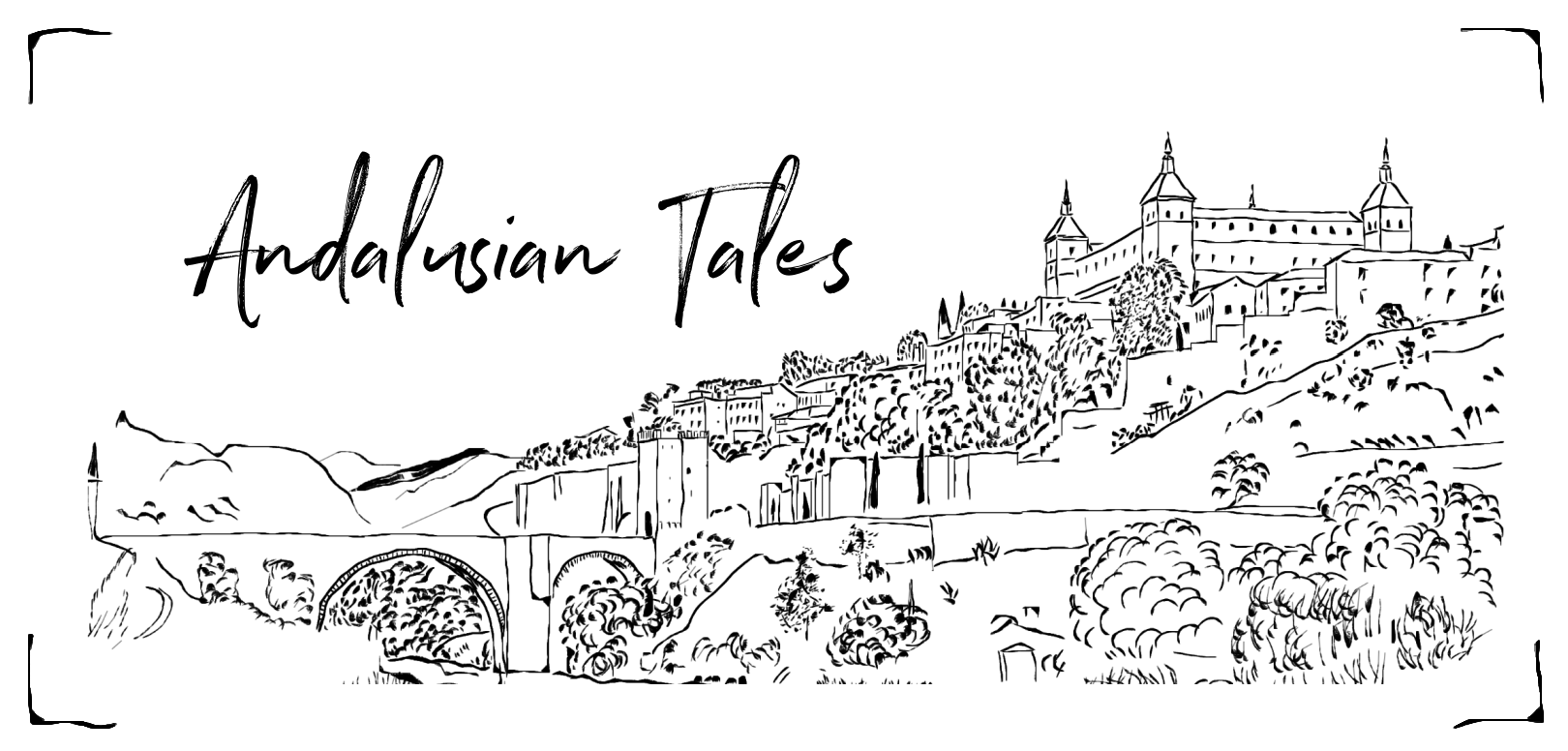The medieval melting pot
The usual distinction, when looking at medieval Spain, is between the Christian, Muslim, and Jewish communities. But it’s when you look a layer below, so to speak, that things get interesting.
For example, the Moors who dominated the peninsula for centuries were divided between an elite whose ancestors hailed from Damascus and Baghdad, among other places, and the far more numerous Berbers, from northern Africa, who comprised the bulk of the Moorish population.
On the Christian side, there were the Mozarabs, the Christian communities who lived out their lives under Moorish rule yet remained faithful to the faith of their Visigothic ancestors. Dubbed Mozarabs by later historians – in Arabic,“must’arab” means Arabized –beyond their faith there was often little distinction between them and their Muslim neighbors. There were a number of Mozarabic dialects, but while they were related to the Romance generally spoken in Christian communities, they were increasingly written in Arabic script. And over time, many Mozarabs adopted Arabic as their primary language.
Not surprisingly, in addition to shaping Mozarabic language, dress, and daily life, Arab influence also found its way into Mozarabic liturgical culture. At the time when Song of Toledo takes place, the Mozarabic community came under intense pressure from Rome to conform the so-called Mozarabic Rite to the Roman Rite then being implemented throughout Europe. Suffice it to say that that controversy, which played out over many years during the reign of Alfonso VI, plays a signifcant role in the story.
For the moment, however, here’s a recording of the Gloria, which is spoken or sung after the Kyrie in the Roman Rite. To anyone familiar with the Latin of the traditional Catholic Mass, the text will ring bells. The melody, however, sung here by French Early Music specialists Ensemble Organum, is clearly of another time and place.
